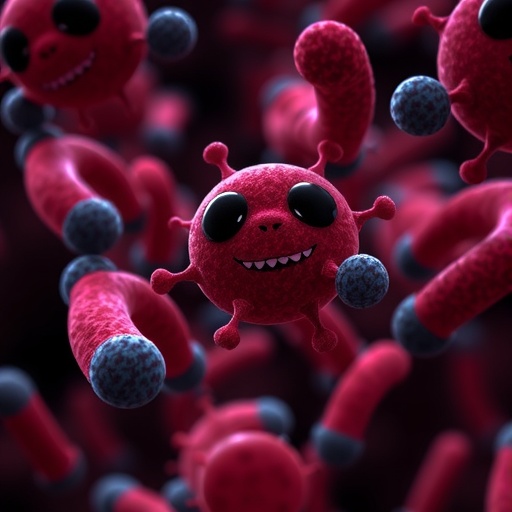An international team of researchers, funded by Morris Animal Foundation, has shown that adipose (fat) stem cells might be the preferred stem cell type for use in canine therapeutic applications, including orthopedic diseases and injury.
Researchers at the University of Guelph, University of Western Ontario and Aarhus University, Denmark, ran a battery of tests comparing the physiology characteristics of stem cells derived from adipose tissue versus bone marrow. They found that stem cells from both sources had similar functional properties, including tissue generation and immunomodulating capabilities (ability to adjust immune response), but adipose stem cells grow at a faster rate than bone marrow stem cells. Harvesting adipose stem cells also is less invasive than harvesting bone marrow. The study recently was published in PLoS ONE, an online scientific journal.
In the last decade, the use of stem cell therapy in animals and humans has dramatically increased. In dogs, stem cell therapy is used in the treatment of a variety of orthopedic diseases and injuries. Stem cells are harvested from either fat tissue or bone marrow, purified and grown in culture, then placed back in the patient.
Given the ease of harvesting, adipose tissue has become the site of most stem cell collections in canine patients. But questions persisted regarding the differences between these two sources of stem cells, and which is better suited to therapeutic applications.
"Faster proliferation along with the potential for a less invasive method of their procurement makes them (adipose stem cells) the preferred source for canine mesenchymal stem cells," concluded the research team.
###
About Morris Animal Foundation
Morris Animal Foundation is a global leader in funding scientific studies that advance the health of companion animals, horses and wildlife. Since its founding in 1948, the Foundation has invested over $113 million in more than 2,500 studies that have led to significant breakthroughs in the diagnosis, treatment and prevention of disease to benefit animals worldwide.
Publication reference: Russell KA, Chow NHC, Dukoff D, Gibson TWG, LaMarre J, Betts DH, et al. (2016) Characterization and Immunomodulatory Effects of Canine Adipose Tissue- and Bone Marrow-Derived Mesenchymal Stromal Cells. PLoS ONE 11(12):e0167442. doi:10.1371/journal.pone.0167442
Media Contact
Carol Borchert
[email protected]
303-708-3418
@morris_animal
http://www.morrisanimalfoundation.org
############
Story Source: Materials provided by Scienmag





